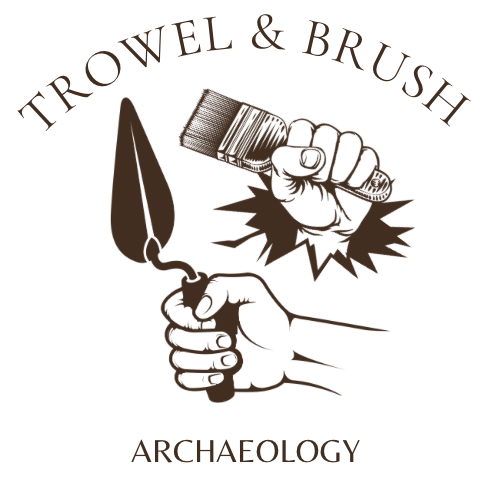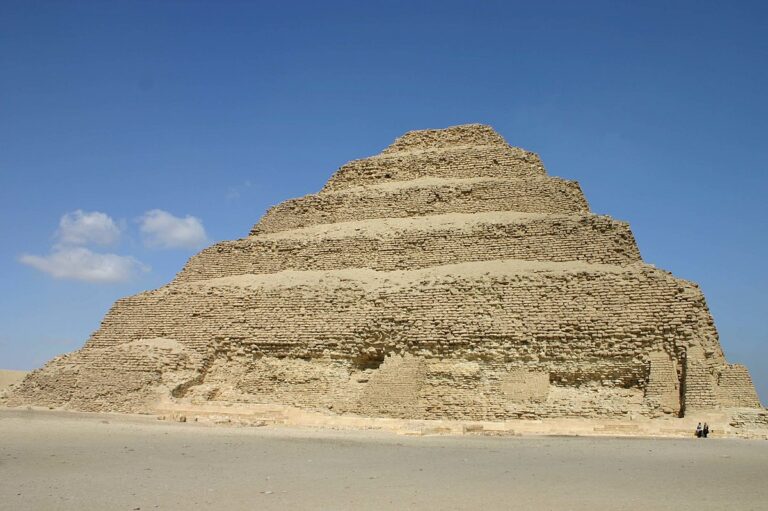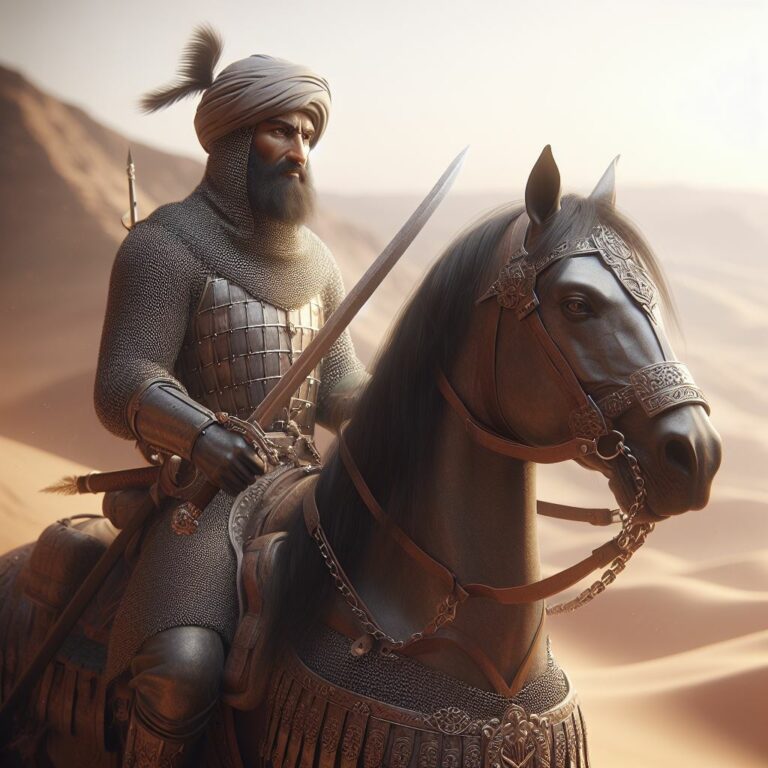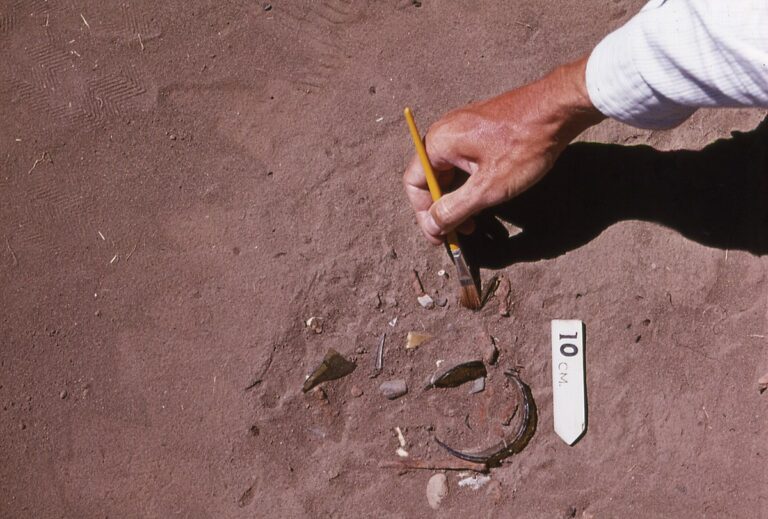The Odyssey of the Triumphal Quadriga
The Triumphal Quadriga stands as an exemplar of historic continuity and art’s enduring ability to traverse through ages and empires.
This set of bronze horses, now known primarily for their association with Venice, undertook a journey from the hands of ancient sculptors to their iconic perch above the Venetian landscape1.
Origins in Bronze: The Classical Triumphal Quadriga
It’s largely believed that the quadriga was crafted in the Hellenistic period1. This was an era when Greek artistry, fueled by the conquests of Alexander the Great, spread across the known world, giving rise to sculptures imbued with dynamism and anatomical precision. Though their exact place of creation is debated – whether Greece or Rome – there’s no denying their roots in classical artistry.
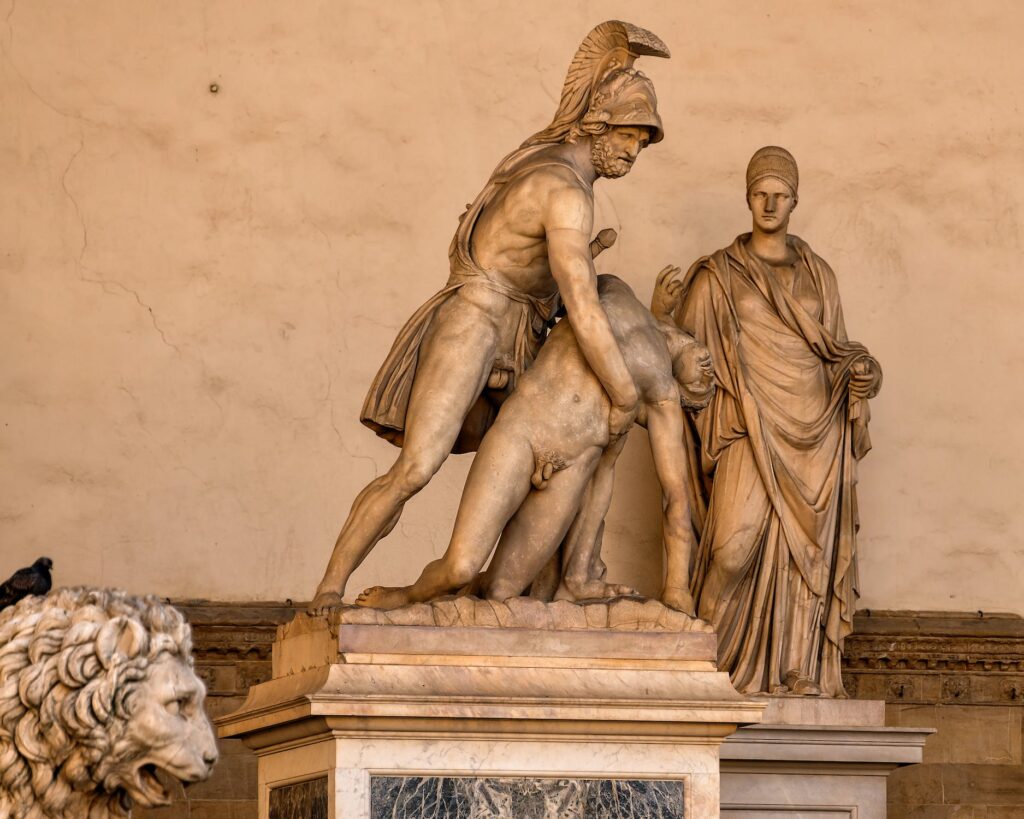
Guardians of the Hippodrome: An Emblem of Byzantine Prowess
By the time of the Byzantine Empire, these statues had found their way to Constantinople, the ‘New Rome’2. Situated atop the spina (central barrier) of the city’s grand Hippodrome, these horses silently watched chariots race and emperors celebrate their triumphs. Beyond mere decoration, they symbolized the empire’s continuity with Rome’s grandeur and the enduring legacy of its classical past.
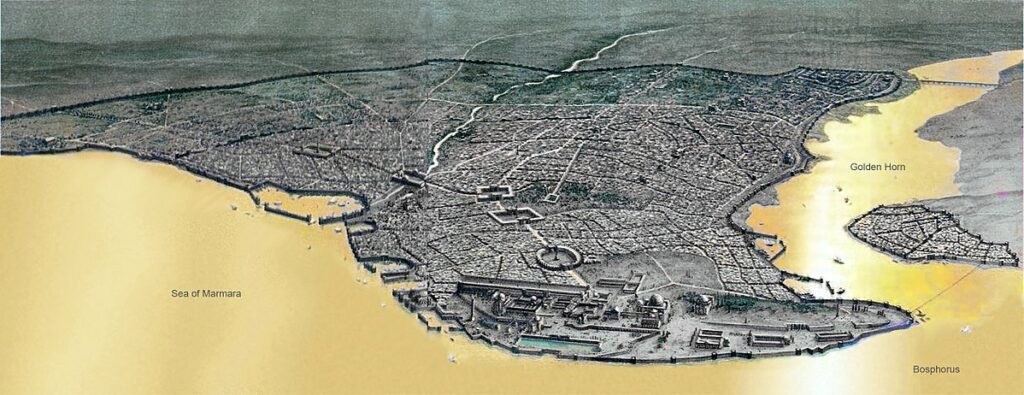
Spoils of War: The Fourth Crusade and Cultural Translocation
The Fourth Crusade (1202–1204) stands as a dark chapter in the annals of medieval history. Instead of marching towards the Holy Land, the crusaders, perhaps spurred by Venetian interests, turned their siege upon Constantinople3. After its sacking, the horses were shipped to Venice as prized war spoils, marking another significant leg of their journey.
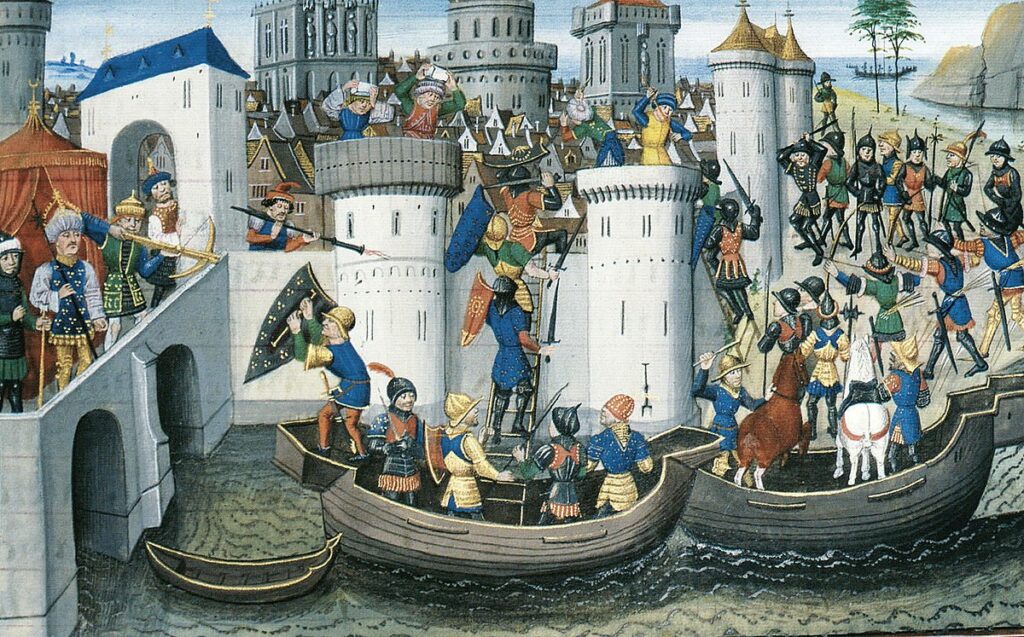
New Horizons in Venice: Symbols of a Republic’s Grandeur
In Venice, the quadriga became the jewel of St. Mark’s Basilica4. Overlooking the Piazza San Marco, they not only attested to Venice’s rising stature but also underscored the city’s claim to the legacy of the Roman Empire. In many ways, they embodied Venice’s perception of itself: a new power inheriting the mantle of bygone empires.
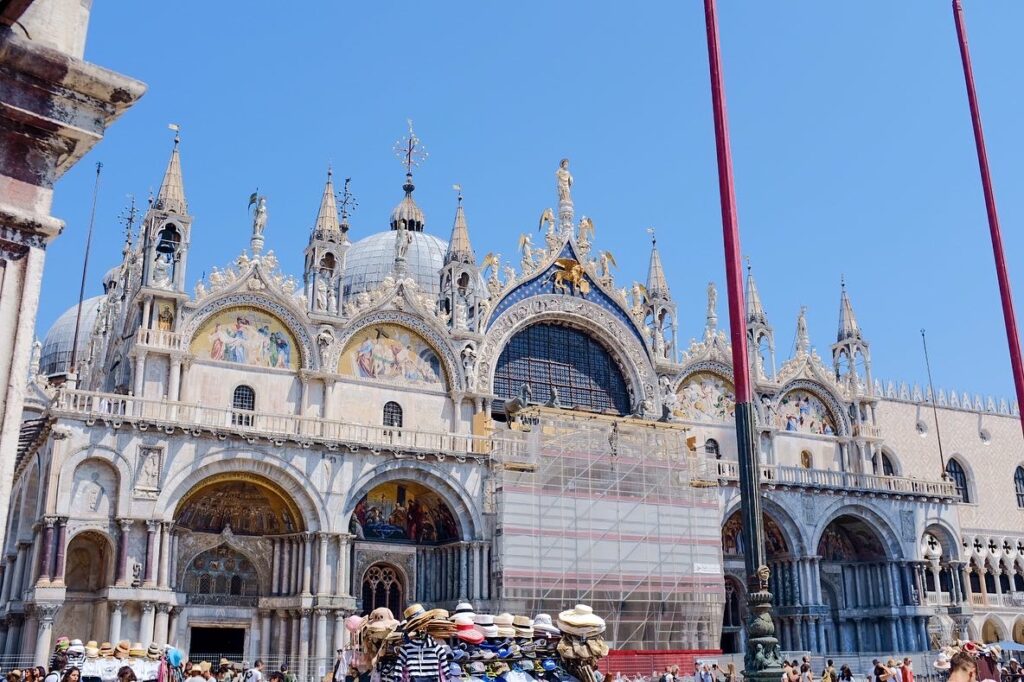
Cultural Exchange and Influence
The passage of the Triumphal Quadriga from the Byzantine Empire to Venice is not just a tale of conquest but also of cultural exchange and assimilation. The presence of these Greek or Roman artifacts in Constantinople highlights the Byzantines’ appreciation and continuation of classical traditions. Once they were transported to Venice, these magnificent statues echoed the city’s deep-seated desire to align itself with the grandeur of the ancient empires. This transference of art and culture suggests that beyond wars and territorial claims, civilizations continually influence and shape each other, leaving indelible imprints that span millennia. The journey of the Triumphal Quadriga is a poignant embodiment of this back and forth flow of cultural legacies.
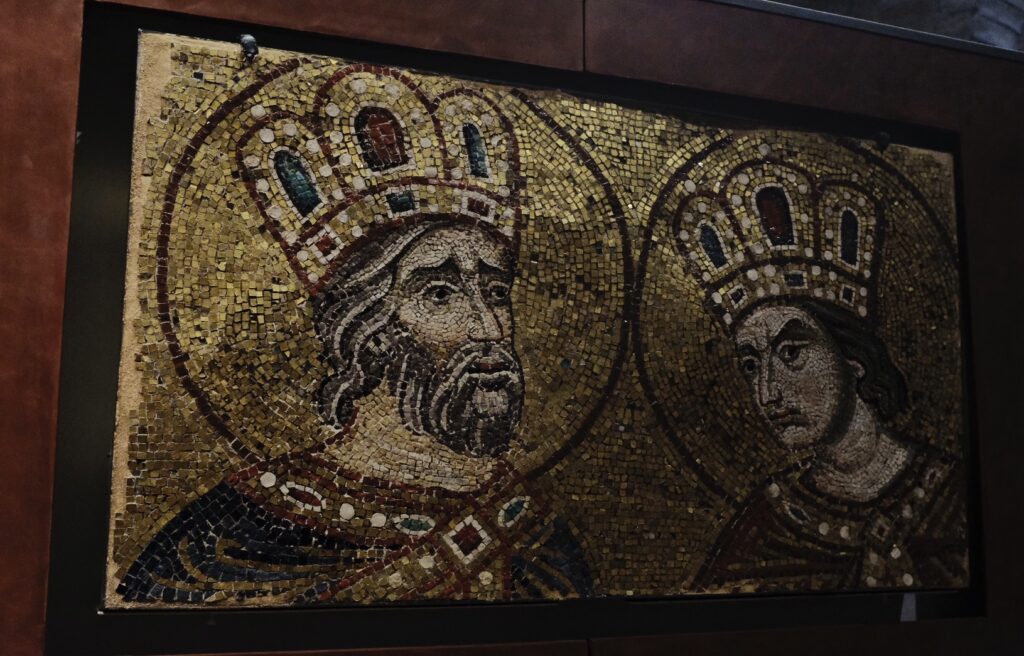
The Test of Time and Preservation
However, several centuries on Venice’s sea-facing façade took a toll on these magnificent artifacts. Recognizing their deteriorating condition due to the briny sea air, a decision was made in the 1980s to move them inside the basilica for preservation, replacing them with replicas outside.
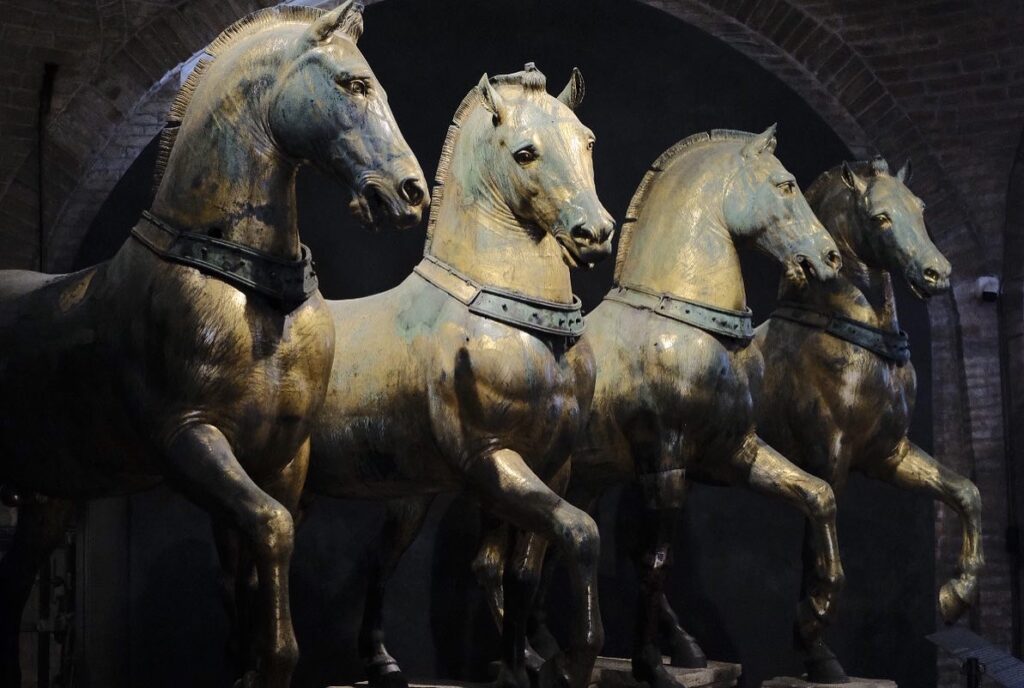
Today, the Triumphal Quadriga stands as a testament to the intricacies of cultural inheritance and the resilience of art.
From their possible Hellenistic origins to their Byzantine reverence and Venetian appropriation, they narrate a story that underscores the value of preservation, the intricacies of cultural appropriation, and the intermingling of histories.
As we stand in their shadow, we’re reminded that art’s journey, like history, is continuous, filled with twists and turns, but always enduring.
REFERENCES:
- Boardman, J. (1985). Greek Sculpture: The Classical Period. London: Thames and Hudson.
- Mango, C. (1986). Byzantium: The Empire of New Rome. New York: Scribner’s.
- Madden, T. F. (2003). Enrico Dandolo & the Rise of Venice. Baltimore: Johns Hopkins University Press.
- Howard, D. (2004). Venice Disputed: Marc’Antonio Barbaro and Venetian Architecture. New Haven: Yale University Press.
Check this out
“Fun Fact: The term “quadriga” is Latin for a chariot drawn by four horses abreast. Historically, these were raced in the Olympic Games and other sports events in ancient Greece. It’s a nod to the speed and might of empires, much like the journey of the Triumphal Quadriga through time!”
If you enjoyed our odyssey through time, explore more tales of renowned artifacts by tapping the button below!

